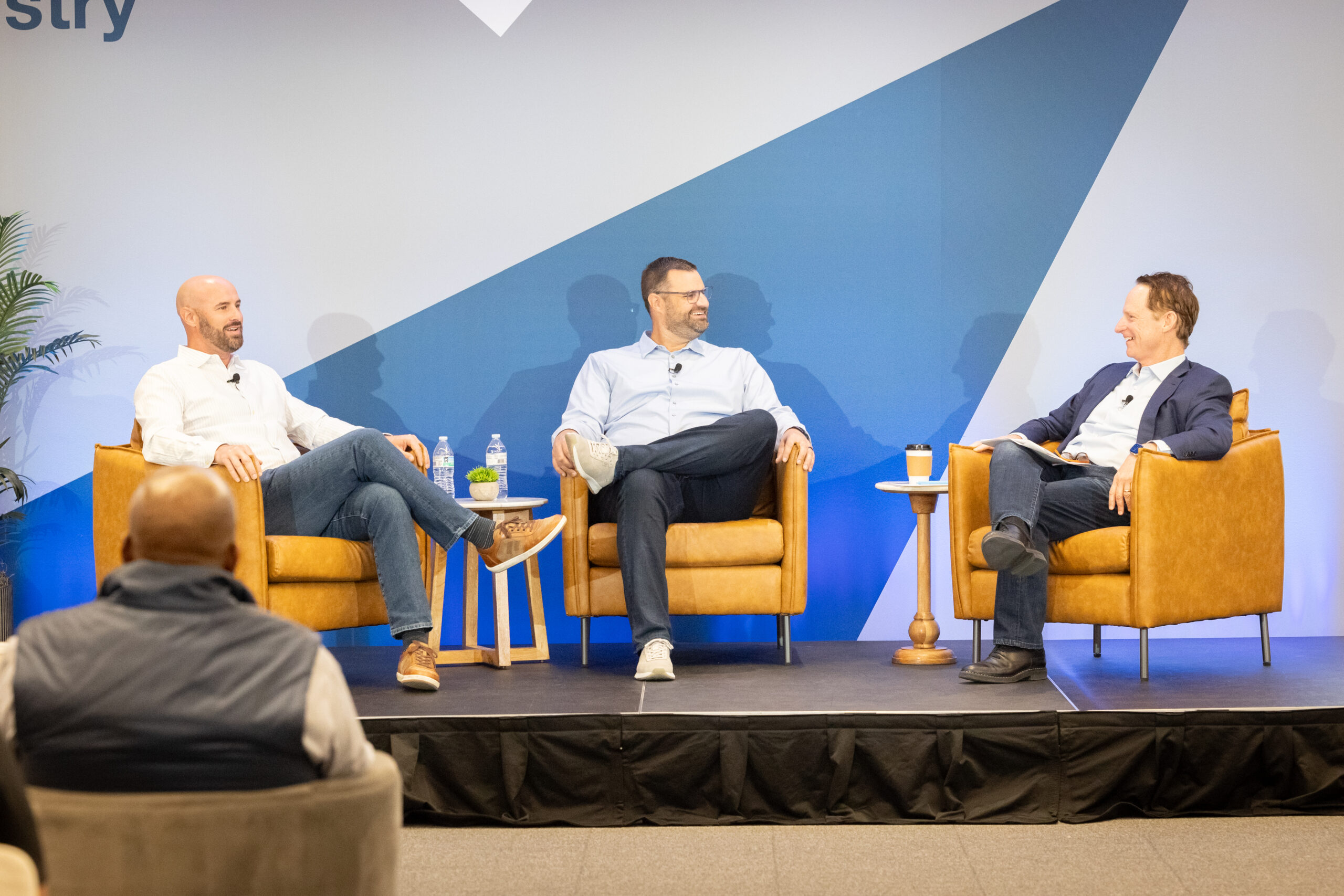

What Bootstrapping My Budding Business Taught Me About Hiring
- Christina Stembel
- Farmgirl Flowers
In 2010, I quit my job as director of alumni relations at Stanford Law School to pursue my dream to start a business that did something good in the world. My goal was to disrupt the $3 billion e-commerce flower industry while helping local flower growers and providing a better option, both environmentally and aesthetically, for consumers.
Most people don’t realize that the majority of flowers sold here are flown in from other countries, often coated in chemicals that are illegal in the U.S. On top of that, the flowers are at least a week old. Online flower options are limited and expensive. I personally found it frustrating that when I wanted to order flowers for my mom in rural Indiana, I was relegated to choosing from online designs that just didn’t match my personal preferences. After researching, I found I wasn’t alone in my frustration. I wanted to fix this. After all, sending flowers is essentially sending love to someone, so it should look like love went into the floral design.
I launched Farmgirl Flowers from the dining room in the San Francisco apartment I shared with my boyfriend with $49,000 of my own savings. My big idea was to design one daily bouquet made with seasonal, locally grown flowers. I also wanted to build an integrity-driven company that hired the right people and treated them well; this included a full-time team with full health benefits and workers compensation, and investing in them, so they’ll be invested in the future of the company.
After pitching to over two dozen venture capital firms rather unsuccessfully, it seemed like the best way for me to ensure my long-term vision for my company was to go Evergreen.
This means that not only do I have to be extremely careful with our cash flow, but I also have to be very strategic with our growth based on how and when we can afford to fund it using our profit. I see that as one of our strengths, though, and not a weakness. For example, it took me three years longer than I anticipated to launch national shipping because it took me that long to save enough money to self-fund the program. I also opened and closed a second location within a year because it wasn’t working. And, because I don’t have a cushion of several million dollars of investment money in the bank, I have to quickly identify what’s working and not working.
Bootstrapping my business has also taught me a lot about finding and retaining employees in today’s culture. I hired my first worker when I was still in my apartment, meaning I had to find someone I could trust to handle the day-to-day assistant tasks while I established literal and figurative boundaries between my work and personal space.
Now, as my company blooms, I am faced with new challenges. I have to adapt to a local work culture in which I am in desperate need of loyal, hard-working young people who are content with non-tech salaries, in the most expensive city in the U.S. I need to retain them for longer than the six to 12 months this demographic currently tends to stay in positions so that we are not constantly turning over good talent. We’re a business that needs to be able to scale to 10x daily sales for key holidays and be able to attract temporary talent for those times throughout the year. And, without funding, I don’t have a robust executive team to help carry the load. I like to joke that I’m the entire C-suite. To say this is challenging would be a bit of an understatement.
Hiring is always a learning process. But by going through that process myself instead of relying on financial backers to direct me on what roles to hire and when, I’ve been able to better understand my company and our true needs. I can’t afford to be wasteful with even a dollar, so everyone wears lots of hats, which I think makes us much stronger as a team.
Instead of fancy perks, I invest in incentives that I believe are more important for growing the business. For instance, instead of free lunch, I saved to be able to afford full medical insurance for the team. We don’t have fancy bubbly water in the refrigerator, but I’m working on getting a 401(k) alternative set up for my employees.
I also feel that being Evergreen has provided me with a rich sense of community, a ticket into a club that I never would have known existed. I love my network of female founders who support one another’s private companies and whom I rely on for input in my decisions.
Lastly, I don’t believe success has anything to do with level of outside funding. Farmgirl Flowers succeeds because of the quality of our products and our superior team. And you can see that in our financials, as well. Farmgirl Flowers has increased its revenue by at least 200 percent every year since its inception.
And for the skeptics who say Farmgirl cannot grow quickly without venture funding, we are expecting to hit between $10 million and $11 million in revenue this year, up from $4.4 million last year, and we are profitable.
Now that’s something to celebrate.
Christina Stembel is the Founder and CEO of Farmgirl Flowers.
More Articles and Videos

Fireside Chat with Dave Thrasher, Dan Thrasher, and Dave Whorton
- Dave Thrasher, Dan Thrasher, & Dave Whorton
- Supportworks and Thrasher Group

Get Evergreen insight and wisdom delivered to your inbox every week
By signing up, you understand and agree that we will store, process and manage your personal information according to our Privacy Policy






